Why you should be delighted to have wasps in your garden, and nine other things to know about wasps
Wasps or ‘jaspers’ may have been plaguing picnics since time immemorial, but they’re actually industrious destroyers of insect pests, says David Profumo.
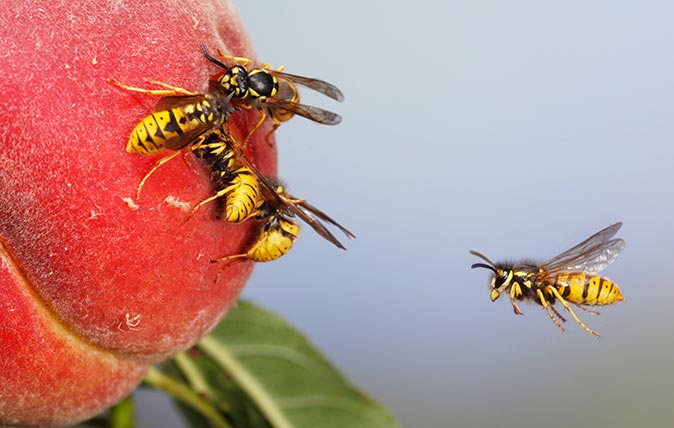

A traditional bane of picnics and widely regarded as malign, the common wasp is actually quite industrious and a useful destroyer of insect pests – but try telling that to little Roderick when his jammy mitts have attracted a dagger to the feast.
Britain’s eight types of ‘social’ wasps – and 230 anti-social ones
There are eight British members of the Vespidae family that are social wasps (many humans would say they’re all anti-social) – that eight includes the formidable hornet. In addition, we have 230 related types of solitary wasp, including the potter, mason and redoubtable beewolf. Social wasps inhabit colonies and are sometimes known as ‘jaspers’ (from vespa). They will be at their peak activity in mid-to-late August.
How to tell wasps apart
The short answer is ‘carefully’. The long answer is that the two most familiar varieties are remarkably similar: Vespula vulgaris and V. germanica, the common and German. Both sport the familiar banded livery – so effective a deterrent against predators that it’s mimicked by other insects – and their abdomen is connected to the thorax by an extraordinarily thin petiole, which gave the name to tight-waisted ‘waspie’ fashion corsets.
The German has three black dots on its face, whereas the common sports a rough anchor, but the only reliable way of distinguishing them (particularly the males) is by a minute scrutiny of their genitalia, by which time your barbecue may be out and you might well be in A&E.
Male wasps are harmless
It’s only the female that stings, using her wickedly modified ovipostor. Unlike bees, a common wasp can stab her micro-barbed stiletto repeatedly, although it’s not used to subdue prey items (solitaries notably do this).
They only sting in defence
That’s what we’re always told, but wasps are perceived as being aggressive and have become a byword for irascibility and petulance.
On the Schmidt Pain Index – which rates insect stings from levels one to four, using the honey bee as the starting point – a wasp sting rates as Level 2: ‘Hot and smoky… imagine W. C. Fields extinguishing a cigar on your tongue.’
Sign up for the Country Life Newsletter
Exquisite houses, the beauty of Nature, and how to get the most from your life, straight to your inbox.
It’s no laughing matter if you’re allergic to the chemically complex venom, which may cause anaphylactic shock. My father once drove his mower into a nest and ran from the orchard like Hercules tearing off the Shirt of Nessus, before being taken to hospital.
https://www.countrylife.co.uk/nature/curious-questions-worlds-painful-insect-sting-hurt-176282
They search for nests in Spring
In late spring, the mated queen emerges from her hibernaculum – a tree bole; your attic – and searches for a suitable nesting site. This is usually underground (old mouse holes are a favourite) and there, alone, she founds her colony by laying an egg in each of 20-odd rudimentary cells. This raises a caste of infertile workers or imperfect females (not exactly a PC concept), that expand and complete the colony. In high summer, a large vespiary – that’s a wasps’ nest to you – can be the size of a football and contain 20,000 insects.
The name comes from the way they build their homes (probably)
The name ‘wasp’ may derive from an ancient Teutonic word for weave: an intricate series of multi-storied extensions is built by the workers, using fragments of chewed wood mixed with saliva to create a brittle papery substance, carton (the vulgaris nest, incorporating rotted wood, has a yellowish tinge).
A network of hexagonal cells each houses a suspended grub, which is individually provisioned with a paste of minced insect parts – unlike bees, social wasps don’t make wax or store food.
Wasps go crazy looking for sugar because they’re sad about their wasp babies leaving the nest
Well, sort of. Within the nest, wasp larvae exude a sweetish secretion from their labial gland (which later will spin a silk cocoon) and the imperfect females lick this as a reward – a process known as trophallaxis.
This gives them a taste for sugar and, when their nursery duties are finally over, they seek their fix on the wing, which is why jaspers forage for damaged fruit in orchards – they also favour wild parsnip, figwort and quince – and zizz around Auntie Joan’s pitcher of Pimm’s as she brandishes her rolled-up copy of Country Life.
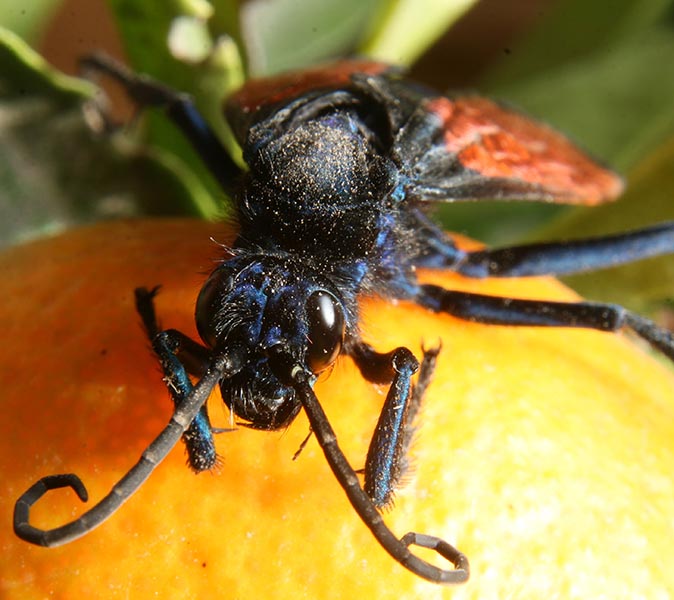
Don’t fear wasps – they’re the best pest control your garden could ever have
A carnivorous top predator, the wasp consumes numerous aphids, caterpillars and other grubs: it’s been estimated that they account for 7lb of such prey annually per acre and they also play a significant part as pollinators, but those singing their praises tend to be the lone voices of hymenopterists.
Only the queen survives the winter
Come autumn, the final act of the founding matriarch is to produce a new generation of queens, plus some males for breeding purposes. With the first frosts, these mated queens survive, but the rest of the colony perishes.
They’ve been vilified in popular culture for at least 2,400 years
Vespine references in popular lore tend to be uncomplimentary – one Renaissance proverb runs ‘A woman is as quiet as a waspe in a man’s nose’ – and it was once slang for a poxed harlot (who had a sting in her tail).
The name has been applied to various military devices, a celebrated rugby team and the inevitable punk band. Aristophanes has a chorus of bickering jurors in his play The Wasps (422bc), there’s a race of giant stingers in H. G. Wells’s The Food of the Gods (1904) and Iain Banks luridly featured the insects in his debut novel The Wasp Factory (1984).
There is even a Marvel super-heroine of that name, a founding member of the Avengers noted for her fashion sense. She has recently been portrayed by Evangeline Lilly – in Ant-Man and the Wasp, currently on general release – although the chances of her dive-bombing your déjeuner sur l’herbe are, quite frankly, about as slender as a petiole.
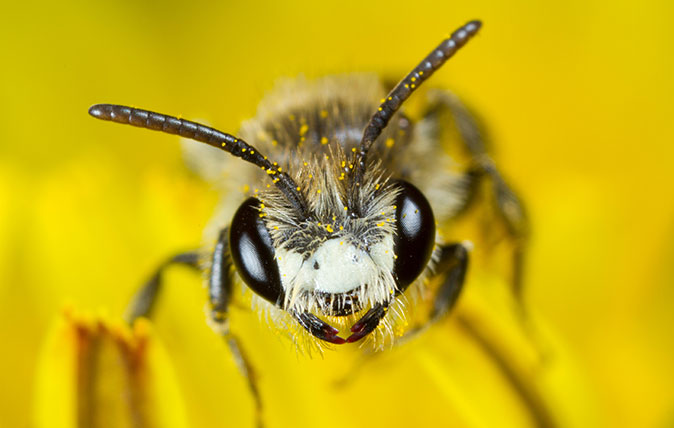
Credit: Alamy
Curious Questions: Are bees really busy?
We've all used the phrase 'busy as a bee' – but is it justified? Or are bees just as liable
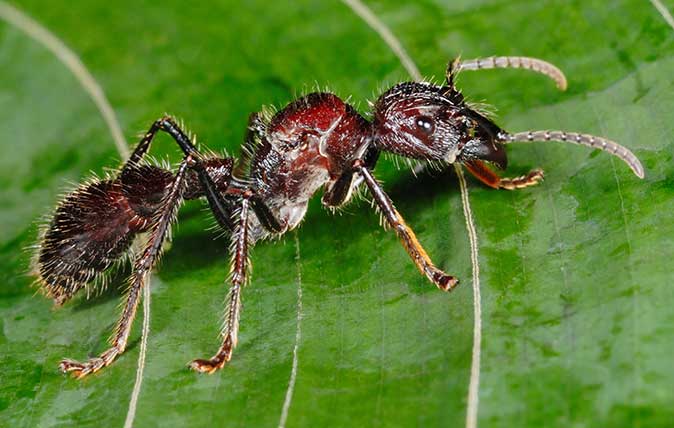
Credit: Photo by FLPA/Hugh Lansdown/REX/Shutterstock – Bullet Ant (Paraponera clavata) adult, standing on leaf in rainforest, Tortuguero N.P., Limon Province, Costa Rica
Curious Questions: What is the world’s most painful insect sting – and where would it hurt the most?
Can you calibrate the intensity of different insect stings? Martin Fone, author of 'Fifty Curious Questions', investigates.
Country Life is unlike any other magazine: the only glossy weekly on the newsstand and the only magazine that has been guest-edited by HRH The King not once, but twice. It is a celebration of modern rural life and all its diverse joys and pleasures — that was first published in Queen Victoria's Diamond Jubilee year. Our eclectic mixture of witty and informative content — from the most up-to-date property news and commentary and a coveted glimpse inside some of the UK's best houses and gardens, to gardening, the arts and interior design, written by experts in their field — still cannot be found in print or online, anywhere else.
-
 A Grecian masterpiece that might be one of the nation's finest homes comes up for sale in Kent
A Grecian masterpiece that might be one of the nation's finest homes comes up for sale in KentGrade I-listed Holwood House sits in 40 acres of private parkland just 15 miles from central London. It is spectacular.
By Penny Churchill
-
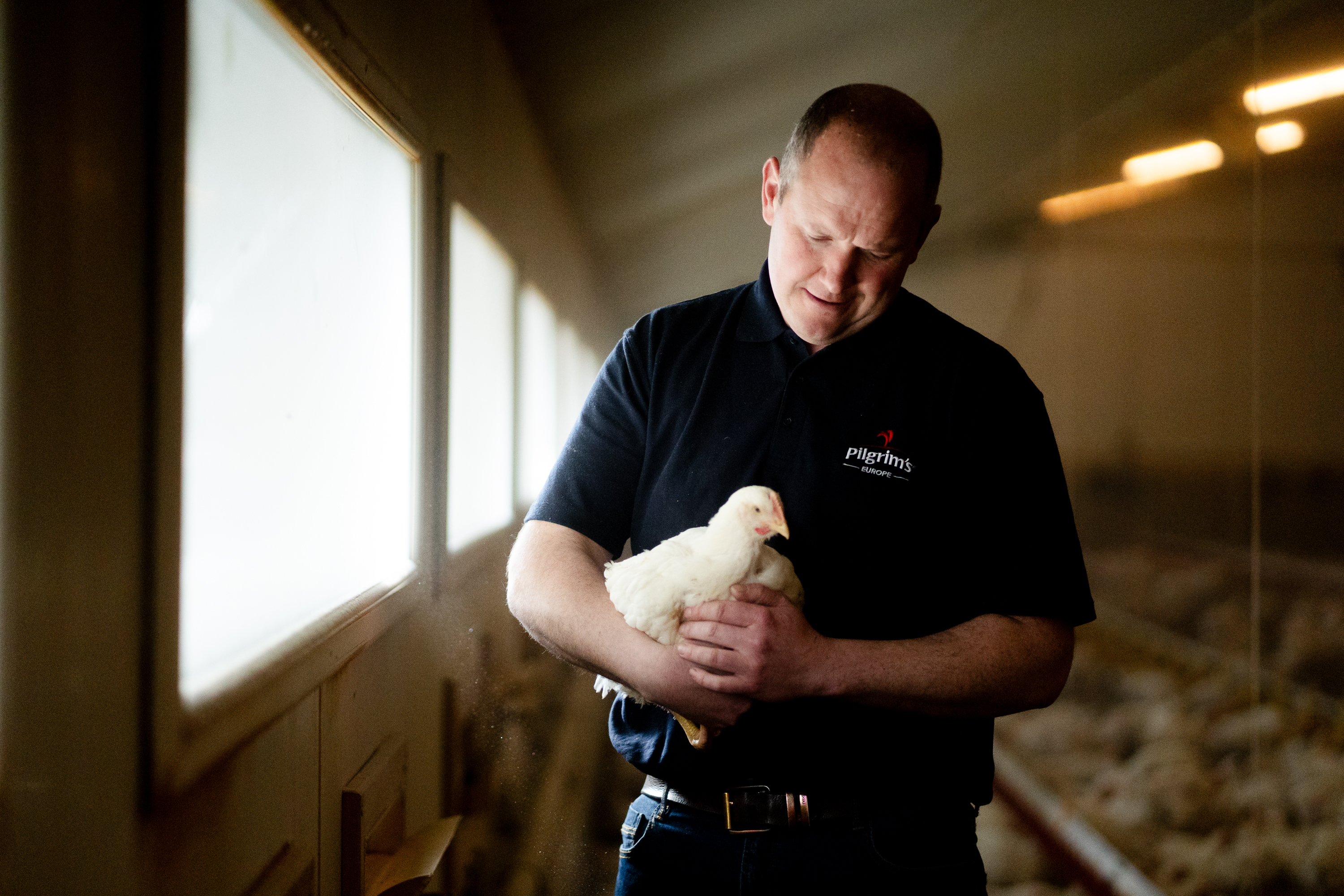 What the cluck? Waitrose announces ‘trailblazing’ pledge to help improve chicken welfare standards
What the cluck? Waitrose announces ‘trailblazing’ pledge to help improve chicken welfare standardsWaitrose has signed up to the Better Chicken Commitment, but does the scheme leave Britain open to inferior imports?
By Jane Wheatley